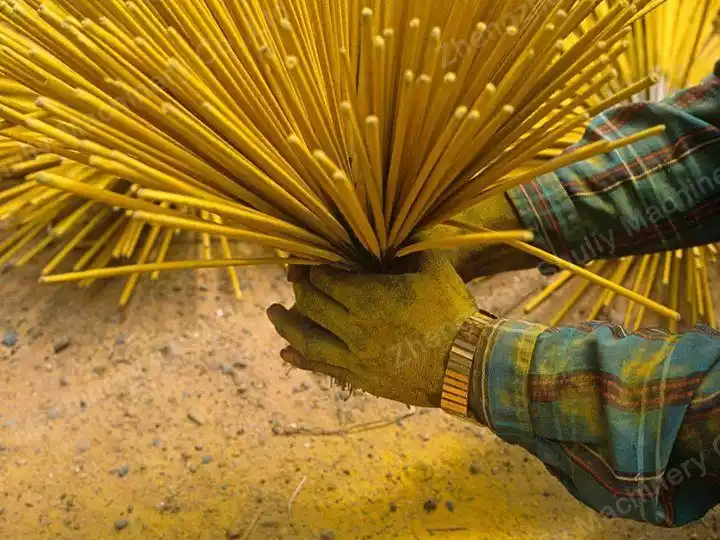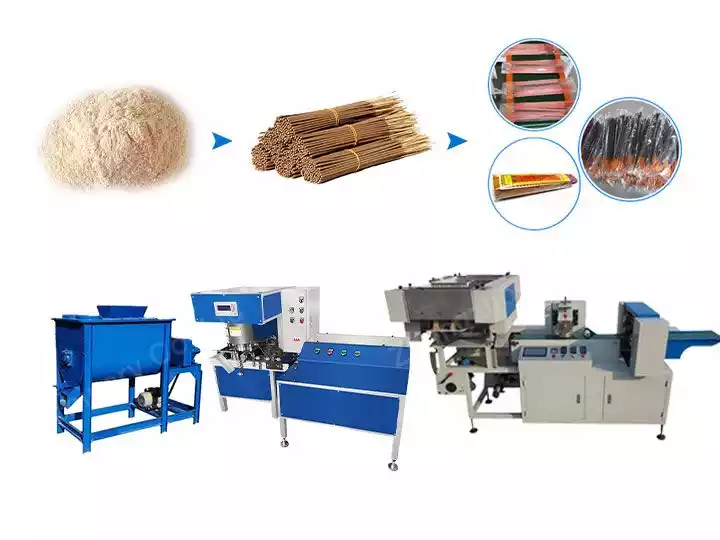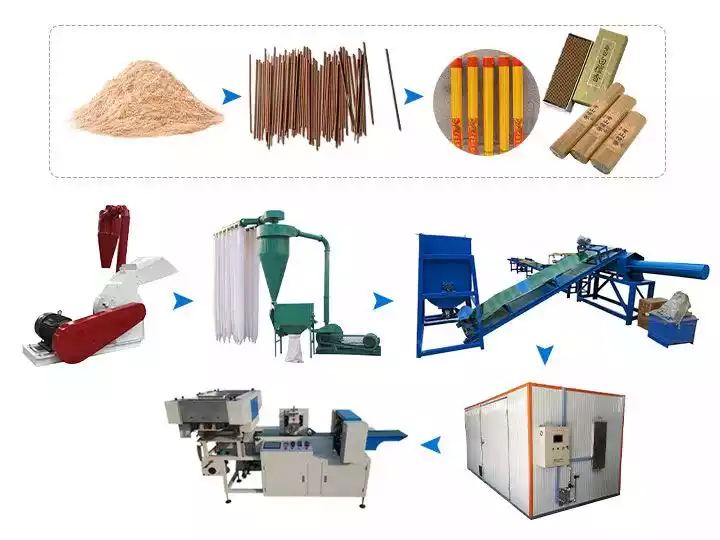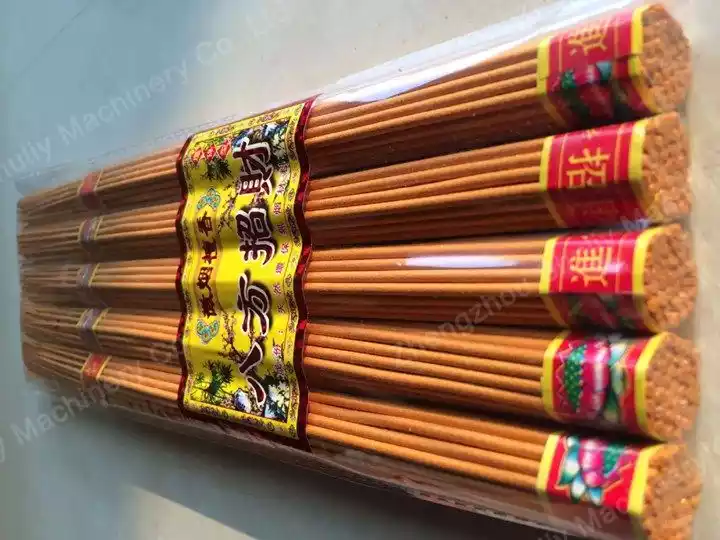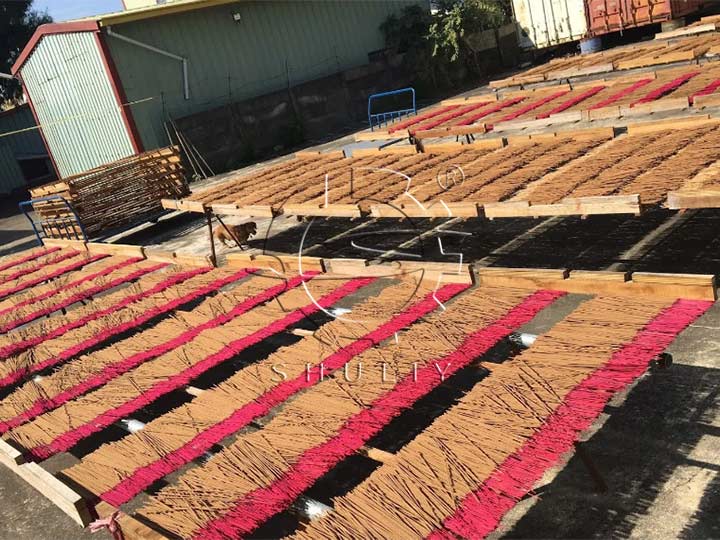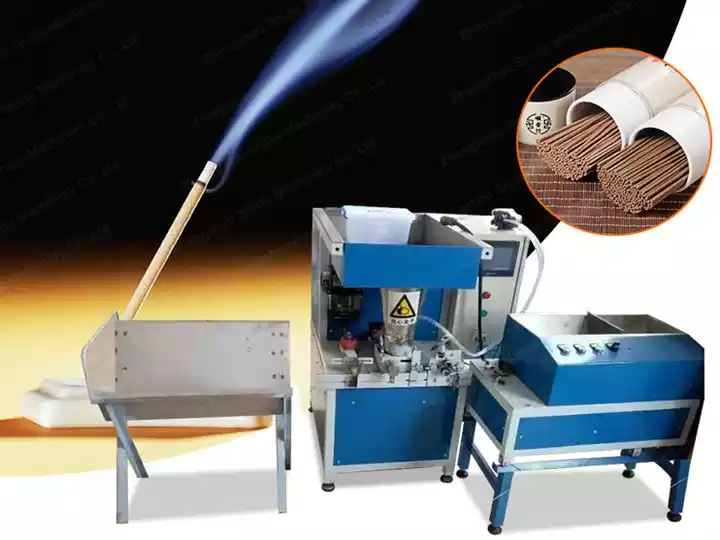Làm thế nào để phân biệt giữa hương tự nhiên và hương hóa học?
Mặc dù hương tự nhiên và hương hóa học có hình dáng giống nhau nhưng có sự khác biệt đáng kể về hiệu quả, giá cả, v.v. do thành phần khác nhau. Vậy thì chúng ta đang trong quá trình mua nhang, làm thế nào để phân biệt giữa nhang tự nhiên và nhang hóa học? Hai loại nhang này loại nào tốt hơn?
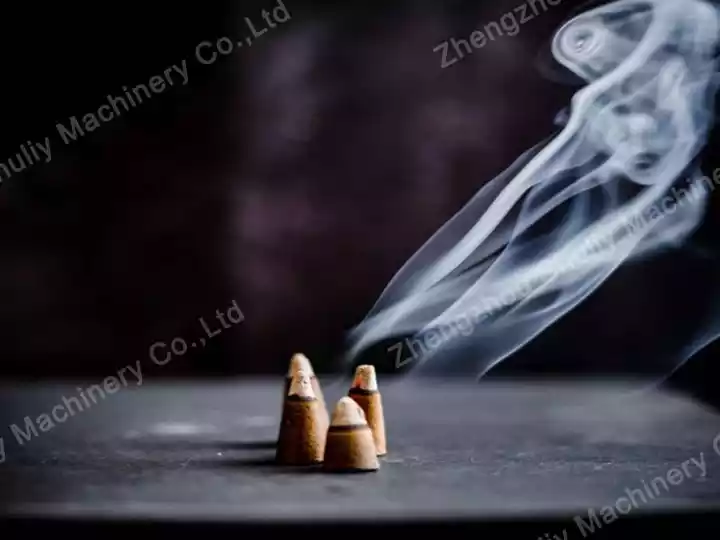
Hương tự nhiên
Hiện tại, hương liệu phổ biến trên thị trường theo các thành phần khác nhau có thể chia thành hai loại chính, đó là hương liệu hóa học và hương liệu tự nhiên. Hương liệu tự nhiên chủ yếu là sử dụng gỗ trầm hương, gỗ đàn hương và các nguyên liệu khác trực tiếp chế biến thành hương. Loại hương này thường không chứa các thành phần bổ sung khác.
Thành phần chính của nhang tự nhiên là gia vị tự nhiên, chất kết dính tự nhiên và chất trợ cháy tự nhiên. Các loại gia vị tự nhiên là hương, gỗ đàn hương và các loại thảo mộc và gia vị gỗ khác nhau. Chất kết dính tự nhiên cao cấp và chất hỗ trợ đốt cháy hầu hết được làm từ vỏ bột của họ thực vật long não, cây thạch nam thơm và cây thạch nam đỏ. Các chất xúc tác này có độ nhớt cao và có tác dụng đốt cháy mạnh, trong sản xuất hương trầm là chất kết dính và nguyên liệu cháy tốt.
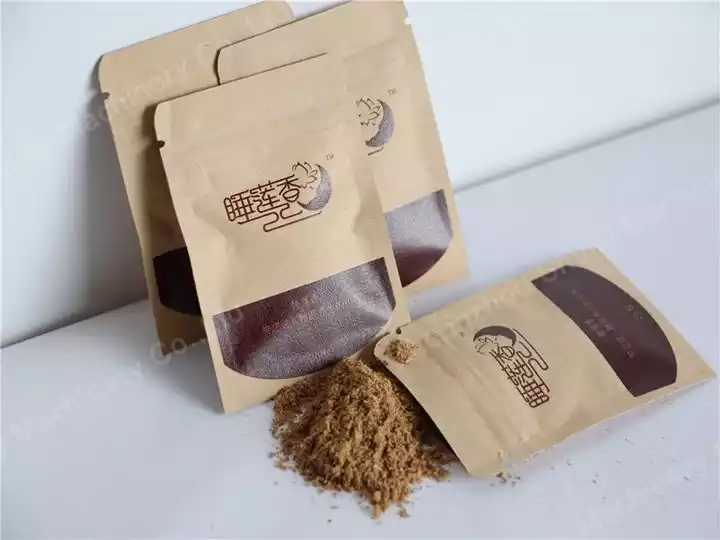
Nhang hóa chất
Hương liệu hóa học được làm bằng cách pha trộn một công thức nhất định với máy làm hương. Các thành phần chính của hương liệu hóa học bao gồm bột gỗ, bột kết dính thực vật, nước, hương liệu hoặc bột hương liệu, một lượng chất hỗ trợ đốt cháy nhất định, v.v. Và các loại hương liệu hóa học khác nhau do công thức khác nhau, hình dạng, màu sắc, mùi hương, v.v. của chúng sẽ khác nhau.
Thành phần chính của hương thơm hóa học là dăm gỗ, hương liệu hóa học, chất kết dính hóa học và chất tăng tốc hóa học, ngoài ra còn có thêm một số lượng nhỏ hương liệu tự nhiên. Thông thường, hương thơm hóa học, chất kết dính hóa học và chất đốt hóa học trong quá trình đốt cháy sẽ tạo ra benzen và các loại khí độc hại khác.
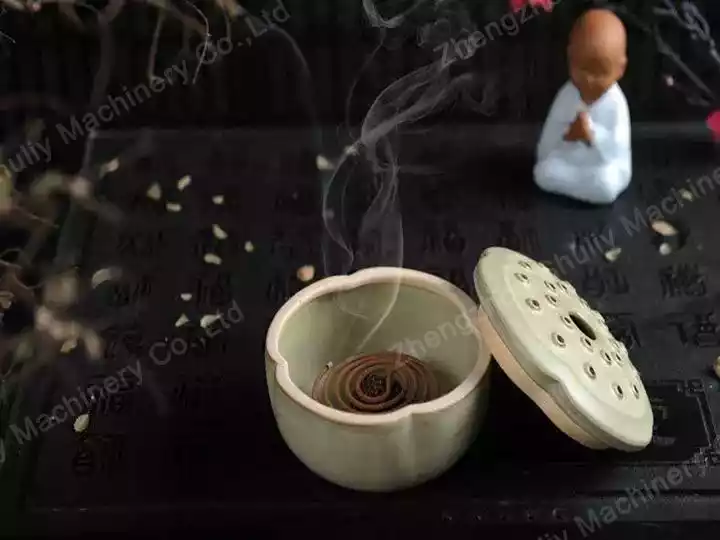
Cách nhận biết hương trầm tự nhiên và hương hóa học phổ biến
Một cách khoa học hơn để nhận biết sản phẩm nhang là phát hiện thành phần khí sinh ra khi đốt nhang. Tập trung kiểm tra benzen, toluene, xylene, dichlorobenzen. Chỉ những nhà sản xuất hương thực sự tự nhiên mới đủ can đảm để yêu cầu các cơ quan quốc tế thực hiện bốn cuộc kiểm tra nghiêm ngặt về benzen. Trong điều kiện đời sống hàng ngày để nhận biết sản phẩm nhang chủ yếu dựa vào kinh nghiệm.
Nhìn vào sự xuất hiện
Do nguyên liệu thô được nghiền nhỏ và khuấy trộn trong quá trình sản xuất nên hương thành phẩm không thể hiện được đặc tính của nguyên liệu. Vì vậy, rất khó để đánh giá chất lượng của nhang chỉ qua vẻ bề ngoài. Nói chung, hầu hết màu nhang tự nhiên là màu xám (màu mờ, không rực rỡ), trọng lượng tương đối nặng và bề mặt nhẹ.
Hương hóa học thường được nhuộm để có màu đẹp, có thêm phụ gia hóa học để bề mặt mịn và sạch. Ngoài ra, hãy quan sát khói sinh ra khi thắp hương. Nhang tự nhiên cháy ra khỏi khói về cơ bản có màu xanh lá cây và trắng, còn khói nhang hóa học chủ yếu có màu xanh lục lam.
Ngửi mùi thơm
Nếm khói tạo ra khi thắp hương là phương pháp nhận biết trực tiếp và đáng tin cậy nhất. Tuy nhiên, nó đòi hỏi kinh nghiệm cao đối với người sành sỏi. Một số người sử dụng hương hóa học lâu ngày vô tình hình thành thói quen khứu giác sai lầm, lầm tưởng rằng hương hóa học có mùi thơm. Vì vậy, phải có quá trình học hỏi và trải nghiệm hương tự nhiên, tích lũy kinh nghiệm, bồi dưỡng lại khả năng nhận biết hương đúng.
